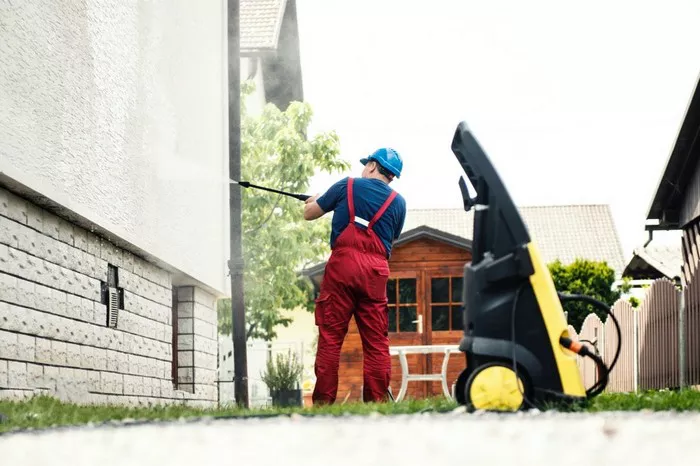Cleaners are indispensable tools in maintaining cleanliness and hygiene in various environments, from homes to commercial spaces. Among the myriad of cleaning machines available, power washers stand out for their efficiency in removing stubborn dirt and grime with high-pressure water jets. These machines are essential for tasks ranging from cleaning outdoor surfaces to preparing surfaces for painting.
Why Won’t My Power Washer Spray Water?
Picture this: you’re all set to tackle a cleaning project, but when you turn on your power washer, nothing happens. Frustrating, isn’t it? Understanding why your power washer isn’t spraying water is crucial to getting back on track with your cleaning tasks.
Possible Causes
1. Water Supply Issues: The most common reason for a power washer not spraying water is an inadequate water supply. Ensure that the water source is turned on fully and that the hose isn’t kinked or damaged.
2. Clogged Nozzle: Over time, debris and mineral deposits can accumulate in the nozzle, obstructing the flow of water.
3. Pump Issues: If the pump isn’t functioning correctly, it won’t generate enough pressure to spray water effectively. This could be due to a damaged pump, air trapped in the system, or worn-out seals.
4. Unprimed Pump: Some power washers require priming before they can start spraying water. Failure to prime the pump can result in inadequate water flow.
5. Hose Blockage: Check for any obstructions or kinks in the hose that may be impeding the water flow.
Proposed Solutions
1. Check Water Supply: Ensure that the water source is turned on fully and that the hose is free from obstructions. If using a water tank, make sure it’s filled to the appropriate level.
2. Clean or Replace Nozzle: Remove the nozzle and clean it thoroughly to remove any debris or mineral deposits. If cleaning doesn’t improve the water flow, consider replacing the nozzle.
3. Inspect the Pump: Check the pump for any visible damage or signs of wear. If the pump is damaged, it may need to be repaired or replaced by a professional.
4. Prime the Pump: Refer to your power washer’s manual for instructions on priming the pump. This typically involves filling the pump with water before starting the machine.
5. Clear Hose Blockages: Check the hose for any blockages or kinks and clear them as necessary.
Preventive Measures
1. Regular Maintenance: Perform routine maintenance tasks such as cleaning the nozzle, checking for leaks, and inspecting the pump to ensure optimal performance.
2. Proper Storage: Store your power washer in a clean, dry area away from extreme temperatures and humidity.
3. Use Properly: Follow the manufacturer’s instructions for operating the power washer, including using the correct cleaning solutions and nozzle attachments.
Summary
In summary, a power washer may fail to spray water due to various reasons such as water supply issues, clogged nozzles, pump problems, unprimed pumps, or hose blockages. To resolve these issues, check the water supply, clean or replace the nozzle, inspect the pump, prime the pump if necessary, and clear any hose blockages. Additionally, practicing preventive maintenance and using the power washer correctly can help prevent future issues.
Remember, when in doubt, consult the manufacturer’s manual or seek professional assistance to ensure safe and effective use of your power washer. By understanding these common issues and implementing appropriate solutions, you can keep your power washer in top condition for years to come.

